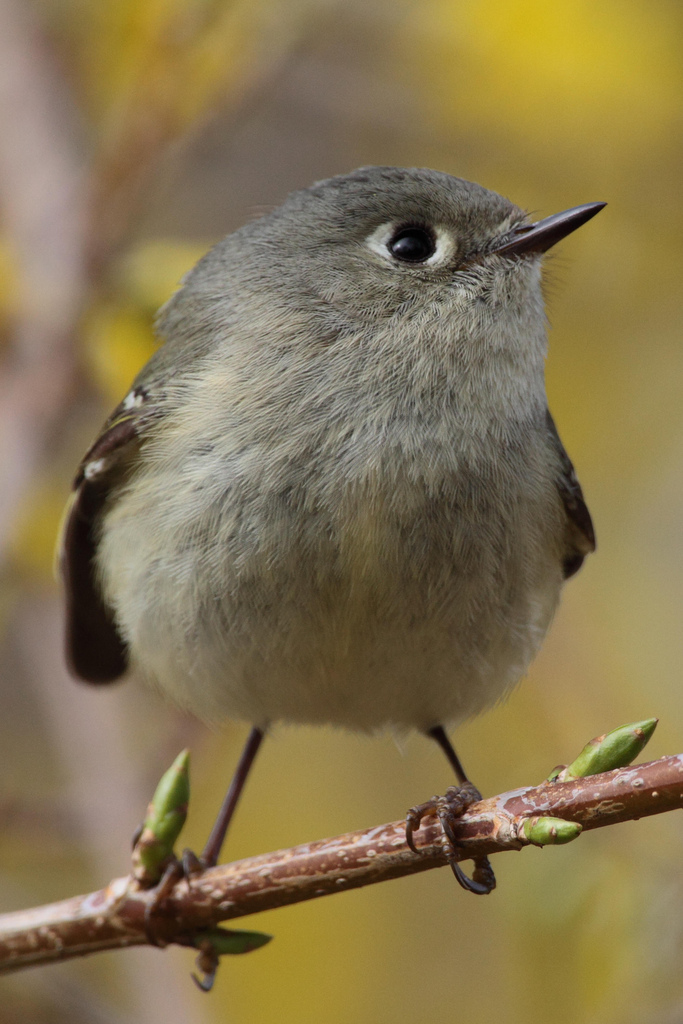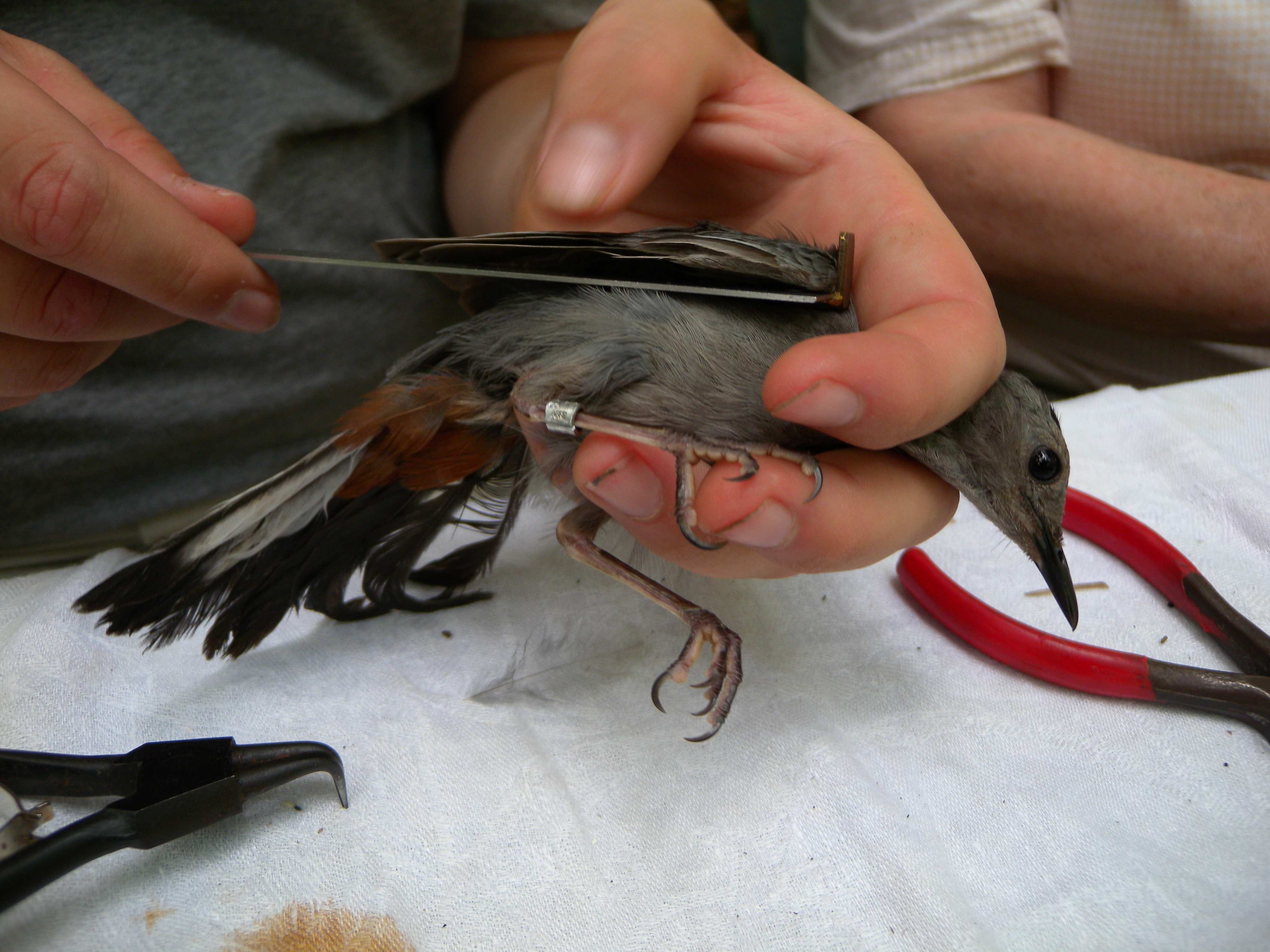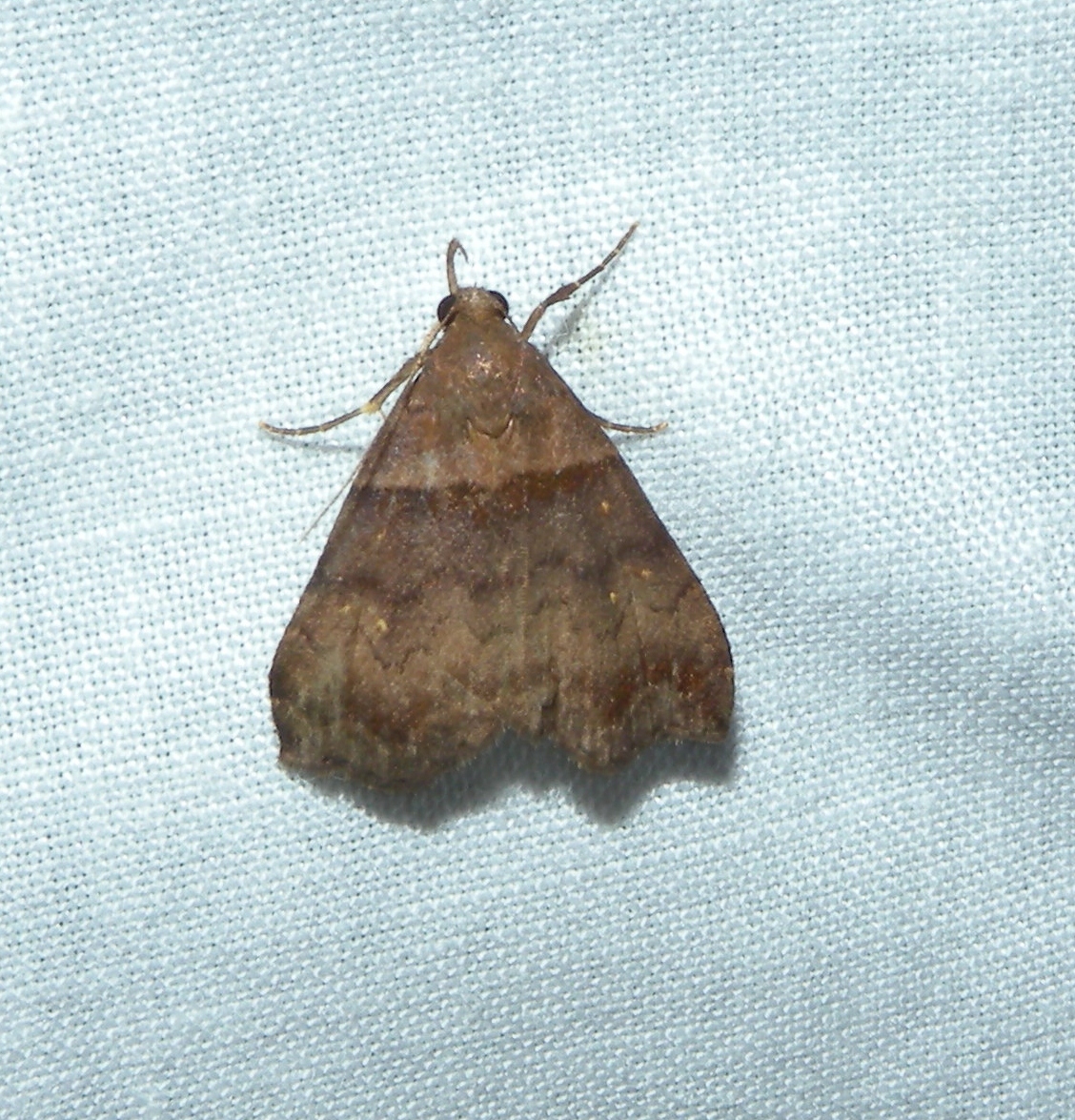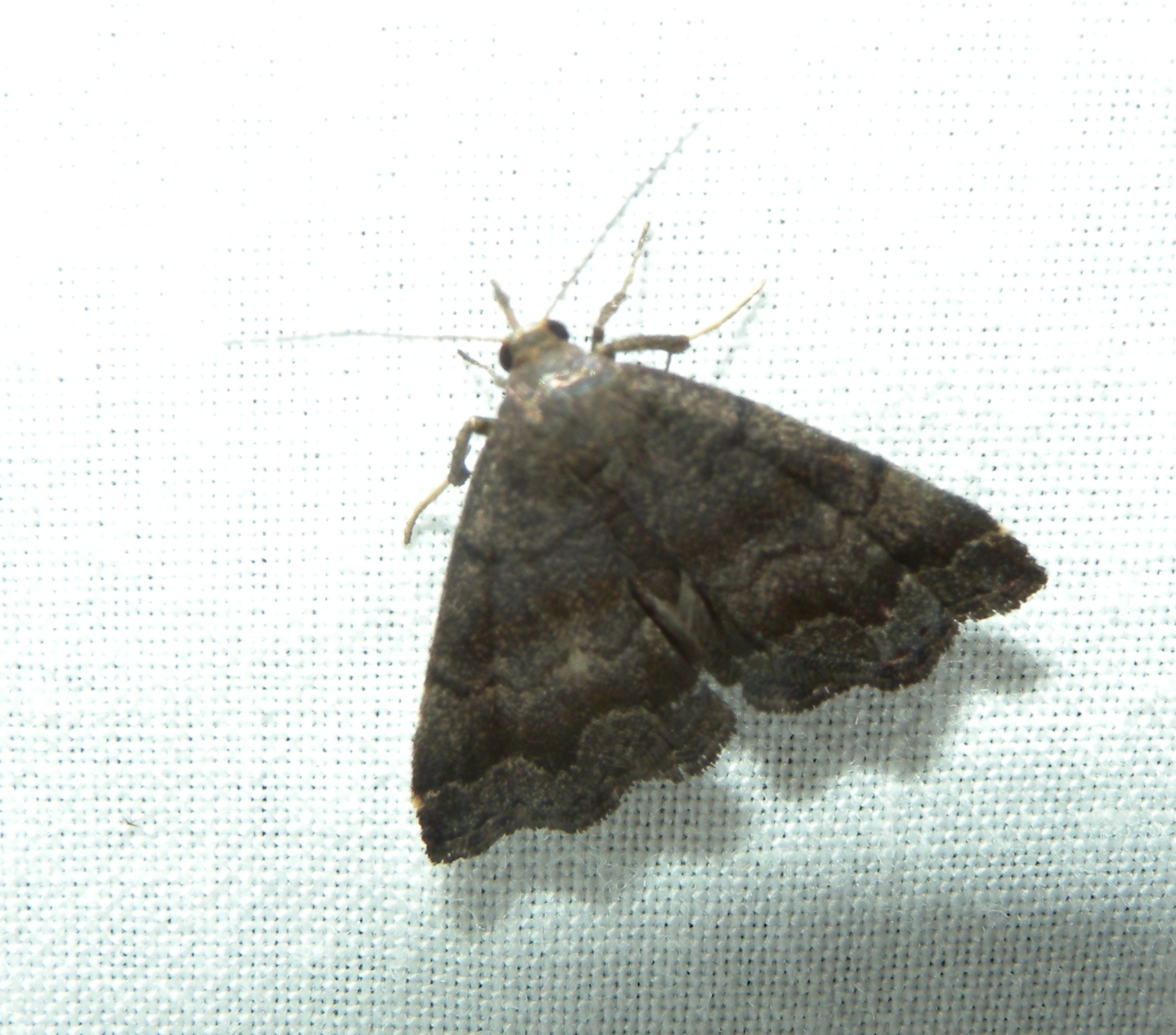
WAIT! If you’re a subscriber reading this in email format, before reading any further, please click on the title of the post right above in order to view the blog in the glory it was meant to have on the actual blog website.
________________________________________________________
In today’s electronically connected world, breaking news gets disseminated at mind boggling speeds, emails are read and responded to immediately and even seemingly old fashioned hobbies like birding have evolved into sophisticated, tight-knit communities of very connected people exchanging information at lightening speeds. Wednesday morning’s Snowy Owl on a rooftop in our own neighborhood of Berwyn was discovered by a single birder whose excitement spread like wild fire through the birding community of Chester County. Emails were shot out and hasty calls were made to birding friends , breakfast was skipped, business meetings were delayed, birders called in sick to work for the morning, and even non-birders caught the sparks of excitement and wanted to see the “Harry Potter Owl”.
Within less than an hour of the sighting over eight local birders were on the scene gazing breathlessly through binoculars at this rare six and half pound visitor from the arctic tundra, the embodiment of a wild world where life comes simply one day at a time, surroundings are austere and uncluttered and the only schedule to answer to is that of the polar sun.
The Snowy Owl was in the Willistown Conservation Trust’s program area, so we were proud to add it to our 2013 Species Seen List. As this year comes to a close, feel free to report to us any bird species you see that are not already on our list!
The southward invasion of these large white owls with five foot wingspans has only just begun for this winter and already reports have been popping up all over the state: one in Berks County, one in Lancaster County, a few in Centre County, two in Lebanon County, five or so in Erie County at Presque Isle State park, one at the Philadelphia airport at the southern end of the Girard Point Bridge and then the one that showed up this week right here in Berwyn on Whitehorse road! Most of these birds were sitting on top of roofs, on fence posts, on utility poles or just right on the ground in the middle of fields or dunes. As the largest owl in North America and a denizen of the open tundra, the Snowy is quite conspicuous and not accustomed to hiding anywhere. So keep your eyes peeled!

If you do happen to spot a Snowy Owl (and not just a white grocery bag way out in a field), you should immediately report it to eBird, which is amassing one of the largest biodiversity databases in the world and revolutionizing the way birders, ornithologists, educators, and conservationists distribute and share information about bird populations. Reporting bird sightings is easy; just set up an account and you’re ready to report your incidental checklist. With eBird, you can explore all kinds of data like range maps for specific species. For example, if you wanted to discover all the locations near you where Snowy Owls have been sighted this winter so far, you would type the search terms into this map http://ebird.org/ebird/map/ .
Click here to see an up-to-date sightings map of Snowy Owls in PA this winter. Zoom in with your mouse and click on the points for specific location information. Also be sure to check the box on the right that says, “Show Points Sooner,” if you want to see actual points instead of purple blobs. Zooming out will reveal that the Snowy Owls have also been appearing in southern Canadian Provinces, New England, Delaware, New Jersey, Maryland, Virginia and even one in Bermuda! Newfoundland is seeing an astounding 150 Snowy Owls at once!
While you are chasing down these regal visitors and enjoying their beauty this winter, keep in mind that these owls flew an incredibly long distance from the arctic to get here. The reason they are here is because a lack of food (primarily small rodents called lemmings) up north drove them to migrate south. The theory behind the invasion is that the lemming population was actually booming this summer and consequently the owls had many young. Once this surplus of hungry owlets becomes a surplus of huge adult owls at the end of the breeding season, lemmings become scarce again and the owls (many hatch years) are forced south for food. We have no way of knowing if the owls we are happily viewing are starving to death, which is a very real possibility as some of the young typically do not survive their first winter. Therefore, it is of utmost importance that birders enjoy these birds from a distance so as not to disturb them and cause them to fly off, expending extra vital energy they are trying to conserve.
An invasion like this occurred in 2011, but the brunt of it was in the Pacific Northwest and Great Plains. The Northeast U.S. and Atlantic Coast did not see the numbers then that they are seeing this winter, presumably because this year’s owls originate from the Eastern Arctic and Greenland rather than the central or western Arctic as in 2011. Read more about this year’s and 2011’s invasion in the eBird article here.
Snowy Owl males are almost all white, while juvenile females have heavy dark barring all over. Adult females and juvenile males fall somewhere in between in terms of amount of black bars on their plumage.
Check out these website articles to see more photos and learn more about the Snowy Owl and this year’s invasion (also known as an irruption):
GoErie.com (this one also has a video link of one of the Snowy Owls in Erie)
Nemesisbird.com (for the 2013-14 Snowy Owl Irruption Watch)
wctbirds.com (an article I wrote in February 2012 about my first Snowy Owl experience)
And for all of you out there who have experienced the gut-wrenching, sinking feeling in your stomach when you realized that that heart-racing, big white owl-ish looking thing in the middle of the field was just a grocery bag, there’s even a website for you to report your stories of defeat and photos of things you thought were Snowy Owls. It’s pretty funny. Check it out here : “That’s Not a Snowy Owl”.

A fellow PA birder reminded me that Snowy Owls are a great species for getting people hooked on birding, especially children! Here are a bunch of links of fantastic Snowy Owl resources that he suggested for kids (and kids at heart!):
National Wildlife Federation Kids (Ranger Rick pages)
Oopik: The Travels of Snowy Owl (Children’s Book)
Review of Snowy Owls: WHooo Are They? (Children’s Book)
National Geographic Kids (Creature Feature)
Nature: Magic of the Snowy Owl (DVD. You can also watch online at PBS Nature)
Look for Snowy Owls and Ducks at the Willistown Conservation Trust’s second annual Duck Hunt
(with binoculars and scopes)
tomorrow December 7, from 8-11am. Still Spots Left!

Contact me if interested (Blake Goll, bhg@wctrust.org). We will meet at the Rushton Farm Parking lot on Delchester Road and then drive around Willistown touring the ponds and lakes for migrant waterfowl like the Hooded Mergansers pictured above, and of course Snowy Owls! You never know what surprises a morning of birding may bring.
There’s a lot going on in the woods,
Blake























































